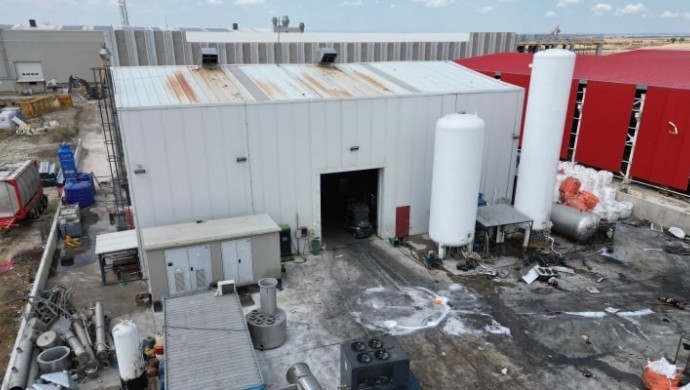In the week ending January 15, 286K applications for unemployment benefits were filed in the US. This reading comes after last week's 231K (revised from 230K) print and was well above market expectations of 220K. Continuing demands for the week ending Jan 8 also came in higher-than-expected at 1,635K, compared to expectations for a more modest increase to 1,580K from 1,551K the previous week. The 4-week moving average is 231K, up 20K from the previous week's revised average. The previous week's average was revised to 211K from 210,750. The increase in unemployment applications is not very positive, as we need to include the variant effect in the movement in the labor market. Therefore, it is a data that will be read weakly before the non-farm payrolls data for January.
The core manufacturing activity index rose to 23.2 in January from 20 in December, according to the Philadelphia Fed report. This was greater than the expected index value of 20. If we look at the sub-items; The new orders index rose from 13.7 to 17.9, and the paid prices index rose from 66.1 to 72.5. The employment index fell from 33.9 to 26.1. The six-month business conditions index rose from 19 to 28.7, and the six-month capital expenditure index rose from 20.0 to 26.2. Manufacturing activity in the region continued to grow. The employment index remained positive, but declined. Price indices remained high, reflecting higher inflation expectations. Responding firms remained generally optimistic about growth over the next six months. Indicators for overall activity, shipments and new orders posted modest gains after falling sharply last month. The ISM manufacturing index has also been showing the industry in terms of overall activity for a while, still showing a strong growth outlook.
Therefore, although the uneven recovery in the labor market and the Omicron effect are still a source of reservations, the facts that will change the game for the Fed do not come to the fore.
Kaynak: Tera Yatırım
Hibya Haber Ajansı





